The simplest way to reclaim drive space on Windows 11
Currently, new computers all have high-capacity hard drives, over 120GB with SSD drives or over 500GB with HDD drives. However, after a long time of use, the drives will be full due to storing a lot of data, junk files and other types of data.
This is the time to clean up to reclaim wasted hard drive space and help improve the overall performance of your computer.
There are many third-party tools available that can help clean up hard drives, but Windows 11 itself also has tools available to help users do this.
Use the Disk Cleanup tool to clean your Windows 11 drive
Disk Cleanup is a Windows drive cleaning tool available in general and of course it is also available on Windows 11. Click the Start button to open the Start Menu, then enter Disk Cleanup and then click on the search result to open the tool. .
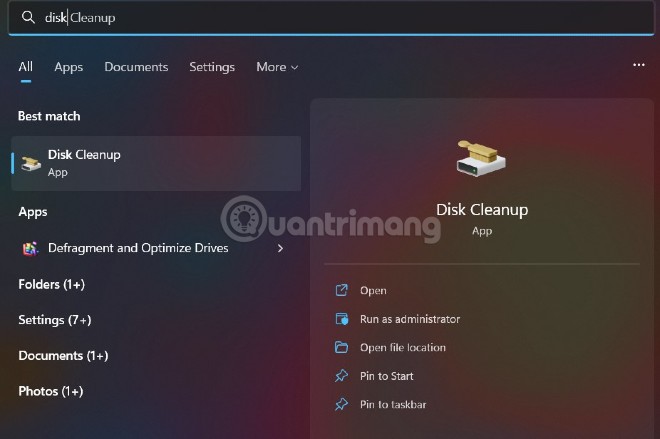 The simplest way to reclaim drive space on Windows 11 Picture 1
The simplest way to reclaim drive space on Windows 11 Picture 1
Wait for the system to scan for files that need to be cleaned.
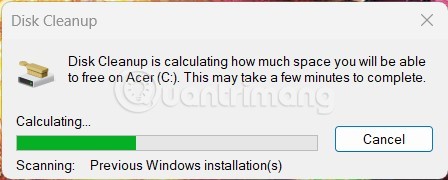 The simplest way to reclaim drive space on Windows 11 Picture 2
The simplest way to reclaim drive space on Windows 11 Picture 2
After the scanning process is complete, you will see a list of different types of data and the corresponding data capacity that has occupied the hard drive, then click on the options in front of the items you want to delete and then click the OK button.
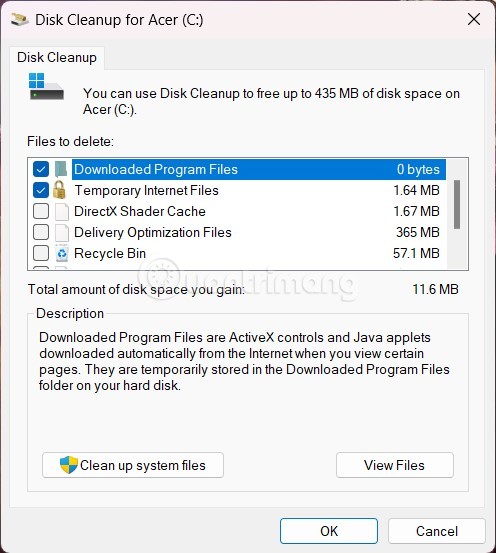 The simplest way to reclaim drive space on Windows 11 Picture 3
The simplest way to reclaim drive space on Windows 11 Picture 3
Additionally, the ' Clean up system files ' button can be clicked to remove leftover files from previous Windows installations, old system restore points and various log system files. If you updated your current version of Windows from a previous version of Windows, you can reclaim about 1GB of disk space this way.
Uninstall unnecessary applications
Uninstalling unnecessary applications is another solution you can consider when you want to free up hard drive space on Windows 11. To do this, you need to follow these steps:
- Press Win + I to open Settings
- Visit Apps.
- Go to Installed apps.
- Click on the 3 dots next to the application you want to remove and select Uninstall.
- Confirm and wait for the system to uninstall the application.
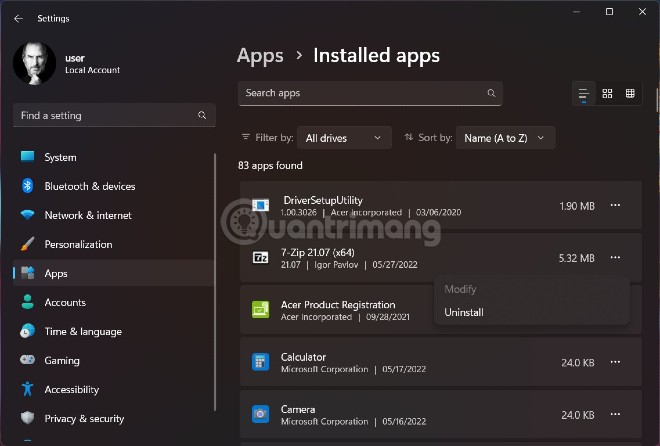 The simplest way to reclaim drive space on Windows 11 Picture 4
The simplest way to reclaim drive space on Windows 11 Picture 4
Additionally, you can also uninstall the application using Control Panel by following these steps:
- Press Start, type Control, and click Control Panel in the search results to open it.
- Click Programs.
- Click Uninstall a program .
- Right-click on the application you want to remove and select Uninstall.
- You can also click the Uninstall a program button under the Programs section right in the Control Panel.
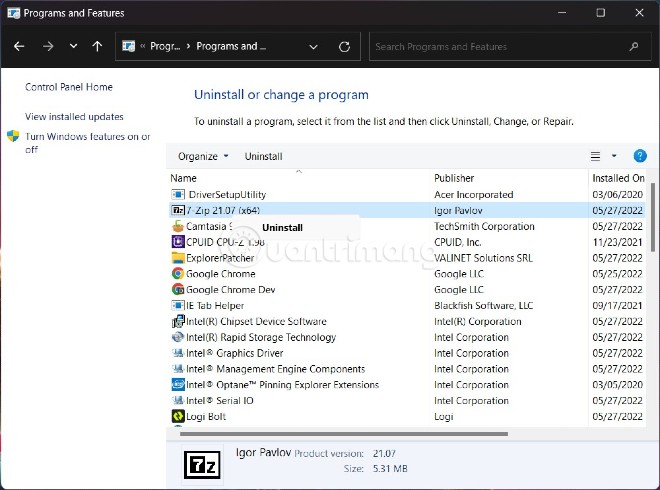 The simplest way to reclaim drive space on Windows 11 Picture 5
The simplest way to reclaim drive space on Windows 11 Picture 5
Compress data to free up Windows 11 drive space
Windows uses the NTFS system format, which allows frequently used files to be compressed, while still making them accessible when needed. However, opening compressed files, especially large files, will take more time.
The data compression feature is especially useful for MS Office documents, old PDF files and large image files. Music files or video files should not be compressed because these files are usually saved in a compressed format. Similarly, you should not compress system files or other program files because it will slow down your computer.
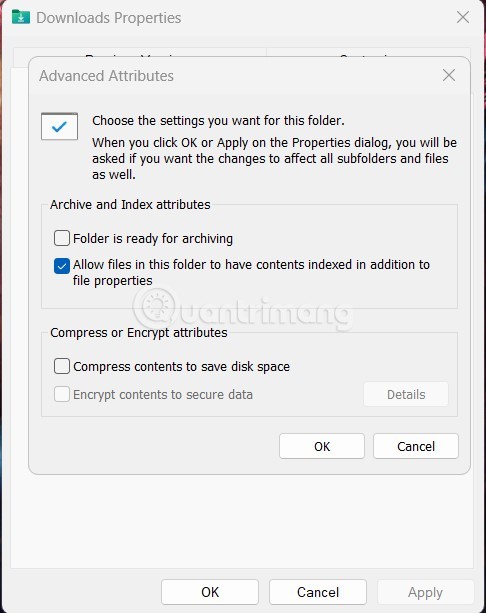 The simplest way to reclaim drive space on Windows 11 Picture 6
The simplest way to reclaim drive space on Windows 11 Picture 6
To optimally compress a file or folder, browse to that folder then right-click on the folder name and select ' Properties '. In the dialog box that appears, select the ' General ' tab and then click the ' Advanced ' button. Now just click on the ' Compress contents to save disk space ' option and then click the OK button .
Reduces space used for System Restore
The importance of the System Restore feature cannot be denied , because it helps users restore the system at the best time, preventing unexpected changes due to drivers, registry keys, and system files. and installation programs. That's why system backups will take up a lot of drive space.
To reduce the storage space usage of System Restore, click the Start button, then enter Recovery and then click Recovery in the search results.
In the new window, select Configure System Restore .
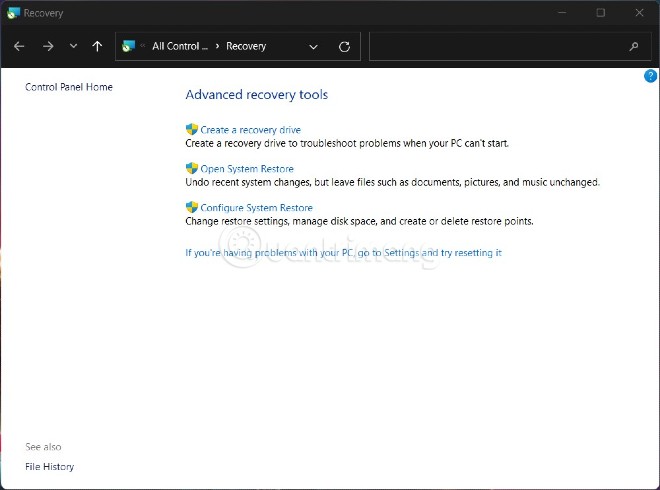 The simplest way to reclaim drive space on Windows 11 Picture 7
The simplest way to reclaim drive space on Windows 11 Picture 7
In the new window that appears, select the ' System Protection ' tab and then click the " Configure " button. Now look under ' Disk Space Usage ' which is the amount of space used to create system restore points, just drag the slider to increase/decrease the drive space you want the System Restore feature to use according to your needs. bridge. Or you can choose Disable system protection.
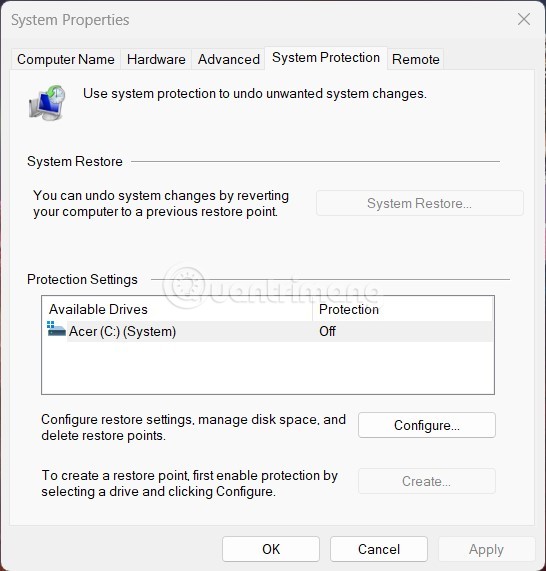 The simplest way to reclaim drive space on Windows 11 Picture 8
The simplest way to reclaim drive space on Windows 11 Picture 8
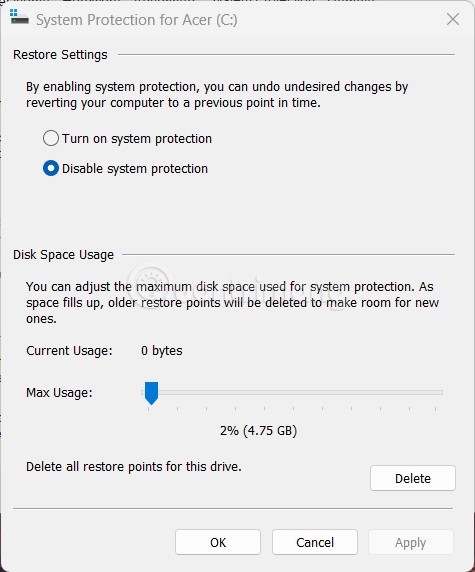 The simplest way to reclaim drive space on Windows 11 Picture 9
The simplest way to reclaim drive space on Windows 11 Picture 9
Use OneDrive or use an external hard drive
For types of data, old documents, images. that are rarely used, instead of saving them on the hard drive, causing the hard drive to fill up quickly, you should transfer them to an external hard drive or save them on another hard drive. cloud storage service. Microsoft's cloud storage solution built into Windows is OneDrive ( formerly SkyDrive ), which is built into all computers running Windows 11 and the service offers 7GB of free storage to users.
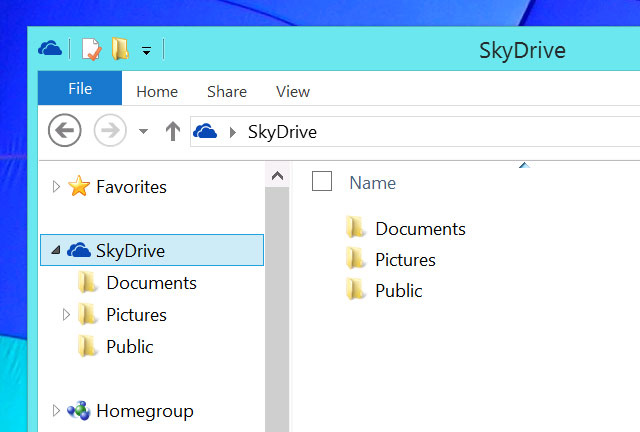 The simplest way to reclaim drive space on Windows 11 Picture 10
The simplest way to reclaim drive space on Windows 11 Picture 10
Storing large amounts of data on cloud services can be quite expensive and the most effective alternative here is an external hard drive. Currently, users have many choices for external hard drives with many prices and different capacities, depending on their needs.
You should read it
- How to transfer free space from one drive to another in Windows 10
- Steps to free up Google Drive space
- How to clean and recover space on C drive Windows 10
- How to free up hard drive space with CompactGUI
- Move Desktop, Download and Documents to another drive on Windows 10
- How to increase C drive capacity in Windows 10/8/7
- Try Disk Usage, a new tool to analyze hard drive space on Windows 10
- How to Free Up Hard Drive Space (on Windows 7)
- Should I use Full-Drive Compression to free up space on Windows?
- Wipe the winSxS folder to free up windows space
- How to split the hard drive, merge the partition on Windows XP without worrying about losing data
- Instructions to increase the virtual hard drive capacity on Virtualbox
May be interested

How to install Android apps on Windows 11, run Android apps on Windows 11

3 simple ways to reset BIOS settings

15 ways to open Device Manager in Windows 10

Portrait of Steve Ballmer, his former assistant who is richer than Bill Gates

The fastest way to turn off the screen in Windows

Basic Linux commands everyone needs to know - Operations on Linux are much faster






 How to visualize and reclaim memory on Windows with altWinDirStat
How to visualize and reclaim memory on Windows with altWinDirStat How to transfer free space from one drive to another in Windows 10
How to transfer free space from one drive to another in Windows 10 Steps to free up Google Drive space
Steps to free up Google Drive space Ways to make your macbook run lightning fast
Ways to make your macbook run lightning fast How to clean and recover space on C drive Windows 10
How to clean and recover space on C drive Windows 10 8 tricks to 'free' Mac drive
8 tricks to 'free' Mac drive